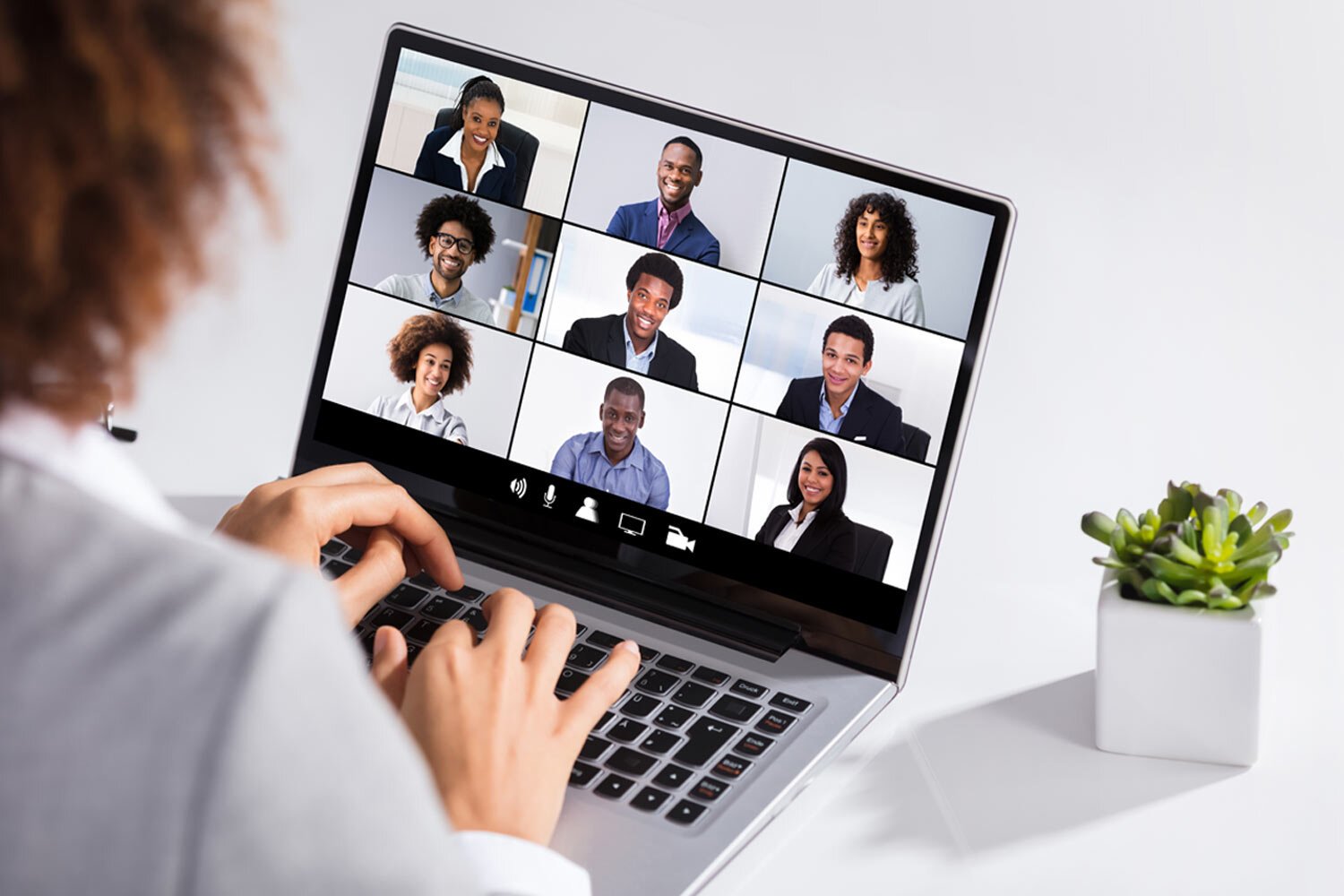5 Must-Have Innovations in Corporate Learning
Corporate learning is changing, and fast. Emerging technologies such as virtual reality (VR), augmented reality (AR), and artificial intelligence (AI) continue to transform the training industry. As this happens, Gen Z is outnumbering their predecessors, the millennials, as the latest wave of young professionals — and this new generation craves immediacy, novelty, and new challenges.
To retain your employees and increase their impact on business goals, you’ll need to keep pace with new learning strategies and technological advancements. Let’s look at five top innovations in corporate learning to help you optimize your training programs and drive organizational goals.
Create an ideal learning experience
What does the ideal, innovative learning experience look like at your organization?
Innovation goes beyond the technology you’re using — it’s also about looking at the latest learning theories and strategies. Here are a couple of ways to innovate while creating ideal (read: effective) experiences for your learners.
Personalization. Employees of all generations and career stages want to learn, but their needs and interests vary widely. To meet the varying needs of each employee, employ personalization. Personalization entails letting learners learn at their own pace, set their own goals, and work on role and career-specific learning paths..
Data-driven learning. The learning experience should change with the evolving needs of the employee. Data can help you keep pace with your learners’ needs as they change, and guide your programs to be more effective in the long-run.
Use the right training delivery methods
Now’s the time to replace passive learning with immersive and interactive learning experiences. The latest generation of employees is accustomed to a digital-first world, where interactivity is the name of the game. But beyond the younger generations, this “learning by doing” paradigm is the preferred style for many types of learners.
Take, for example, cutting-edge learning delivery methods such as Virtual Reality (VR) and Augmented Reality (AR). In addition to enriching training content with real-world visuals, these technologies make it easy to deliver digital hands-on training that’s accessible no matter where an employee is located.
ExxonMobil’s safety training uses immersive simulations. The company trains operators and technicians on safety measures in a loading dock of a liquefied natural gas tanker. And from the comfort and safety of ExxonMobil’s digital garage, employees can hone the right instincts and skills without being on-site.
Here are a few more of the latest delivery methods worth exploring:
Microlearning
Microlearning is an approach that entails delivery of course content in small, highly focused chunks to allow learners to absorb course content quickly and conveniently. Microlearning increases learner engagement, boosting learners’ capabilities to absorb and retain volumes of knowledge and fits in well in a modern employee’s always shifting schedule.
Peer-to-peer learning
This is a common learning approach where employees teach each other what they know. According to a study by Degreed, 55% of employees first turn to their peers when they want to learn a new skill. Encouraging and leveraging formal peer-to-peer learning in your organization promotes more autonomy and increases employee learning. It fuels effective collaboration and communication, which can make top talent stay and lead to innovative solutions.
Mobile learning
Mobile learning enables users to access learning content on mobile devices like smartphones or tablets, whenever and wherever they want. It gives learners freedom and flexibility to absorb knowledge when and where they choose. Done well, mobile-first designed learning improves knowledge retention, reduces training duration, and increases course completion rates.
Social learning
This is learning that happens in a social context, whether virtually (through video conferencing software or chat) or in-person. It allows employees to learn exactly what they need, when they need it, without interruption to their daily workflow. Social learning increases course completion rates, fosters workplace collaboration, and enhances corporate culture.
Self-directed learning
Another facet of personalization, self-directed learning is where employees, with or without the guidance of an instructor, decide what they want to learn and how they will learn it, often from a catalog of training or from several learning paths, for skill-based, role-based, or career-growth learning. Employees decide on their own what they want to learn, when, and how. Self-directed learning fosters greater development of specialized skills and is a catalyst for improving training results.
Gamification to keep learners motivated
Modern attention spans are shorter and this demands unique approaches to training to keep learners engaged. The opportunity is an exciting one: to utilize technology and creativity to build courses that are both effective and engaging.
One way to keep employees excited about learning and motivated is gamification. The use of gamification in learning is gathering pace and 33% of L&D pros predict that it’ll have a significant impact on online learning in the next five years.
But, how exactly does gamification enhance learning?
Gamification introduces interesting challenges and healthy competitions to corporate learning. It triggers intrinsic and extrinsic motivation, driving employees to complete courses, acquire new skills, or reach a certain milestone to reap rewards. The reward could be internal (such as a sense of competence, self-actualization, or sense of progress) or tangible (such as certification or a leaderboard for emerging winners).
Improved feedback
The effectiveness of your training programs hinges on multiple factors. One of these is learner feedback — the response a learner gets after completing a course, module, or even a single question. For feedback to be effective, it should be:
Goal-oriented
Transparent and actionable
Ongoing and consistent
Timely and proactive
Innovative technology can help you deliver feedback that ticks all of these boxes. With e-Learning solutions, you can specify employees' learning paths and measure results on an ongoing basis. This way, you can provide ongoing and consistent feedback on the course of action employees should take to improve performance.
With emerging technologies like AI, you can prompt peer feedback based on who an employee works with most often. You can also use pattern recognition technology to request feedback on employee performance from relevant people.
Lastly, using innovations such as VR and AR can help deliver richer and immediate feedback. For example, in the case of ExxonMobil above, trainers can immediately point out the mistakes and wins an employee is making and deliver instant feedback that’s relevant and actionable in the moment.
Use Innovative Corporate Learning to Drive Success
Forward-thinking organizations know that people are the most valuable assets. To invest in people is to invest in every corner of the organization. And while this takes many forms (creating a positive culture, offering competitive pay and benefits), on-the-job training and upward mobility will always be some of the most important investments.
Training today’s employees within a corporate environment requires constant iteration and continuous improvement to align with learning expectations as well as drive employee engagement and business outcomes. When you deliver innovative learning, you’re fostering a culture of innovation that will move the needle for your organization’s evolution and bottom line. Reach out to the Prime 8 Digital Learning team to explore these innovations for your training programs and strategies.




















